At a Glance
Quick Tips
- Scout and learn the unit, it is big country
- Have a detailed map that shows land boundaries
- Let optics cover the ground for you
- Plan to hunt all or as much of the season as possible


Hunters discussing the West Desert, Tintic unit express frustration over declining deer populations over recent years, with many observing a significant drop in buck sightings. While the area once yielded good hunting opportunities, recent experiences suggest a challenging hunt, prompting some hunters to explore alternatives like the nearby Nebo unit with reportedly better success. Those planning to hunt in this unit are encouraged to leverage e-scouting and local advice, with a focus on pre-season preparation and flexibility in strategies as the terrain and available game have shifted. Recognizing these challenges can aid hunters in setting realistic expectations and adjusting plans accordingly for a more fruitful experience.
This unit is located in the central part of the state where there is a lot of desert and winter-range habitat that produces healthy deer. There is good public access with moderate terrain.
This general deer unit is managed for hunter opportunity but still holds good bucks. There is good public access here.
With small changes in elevation, there is also a small change in terrain. Much of the terrain consists of low desert rolling hills and valleys. There are a few small mountain ranges scattered throughout the unit. Several of the valleys are irrigated farmland.
Much of the unit is either desert land managed by the BLM or private property, giving a mix of public access. There is road access on all sides of the unit with well-maintained dirt roads leading to less-maintained 4-wheel drive roads or ATV trails. The Tooele Army Depot is closed to hunting. During adverse weather conditions, the roads can become slick or washed out.
Low elevations in this unit have dry, desert rolling hills and flats. Some grass, prickly-pear cactus and sagebrush with scattered pinyon pines and juniper trees can be found here. Middle elevations are covered in pinyon pines and the sagebrush continues through this elevation as well. Higher elevations have scattered aspen groves with steep slopes and conifer trees.
Most hunters camp along roads. There are several locations that have good flat camping locations for travel trailers or tents. There are a couple of designated campgrounds open to the public. There are several towns located throughout the unit that offer lodging.
Roughly 1,406 square miles
33% public land
Elevations from 4,800-8,300 feet
ATVs recommended
4-wheel-drive recommended
Arrive early for better camping locations
Expect to camp near other hunters